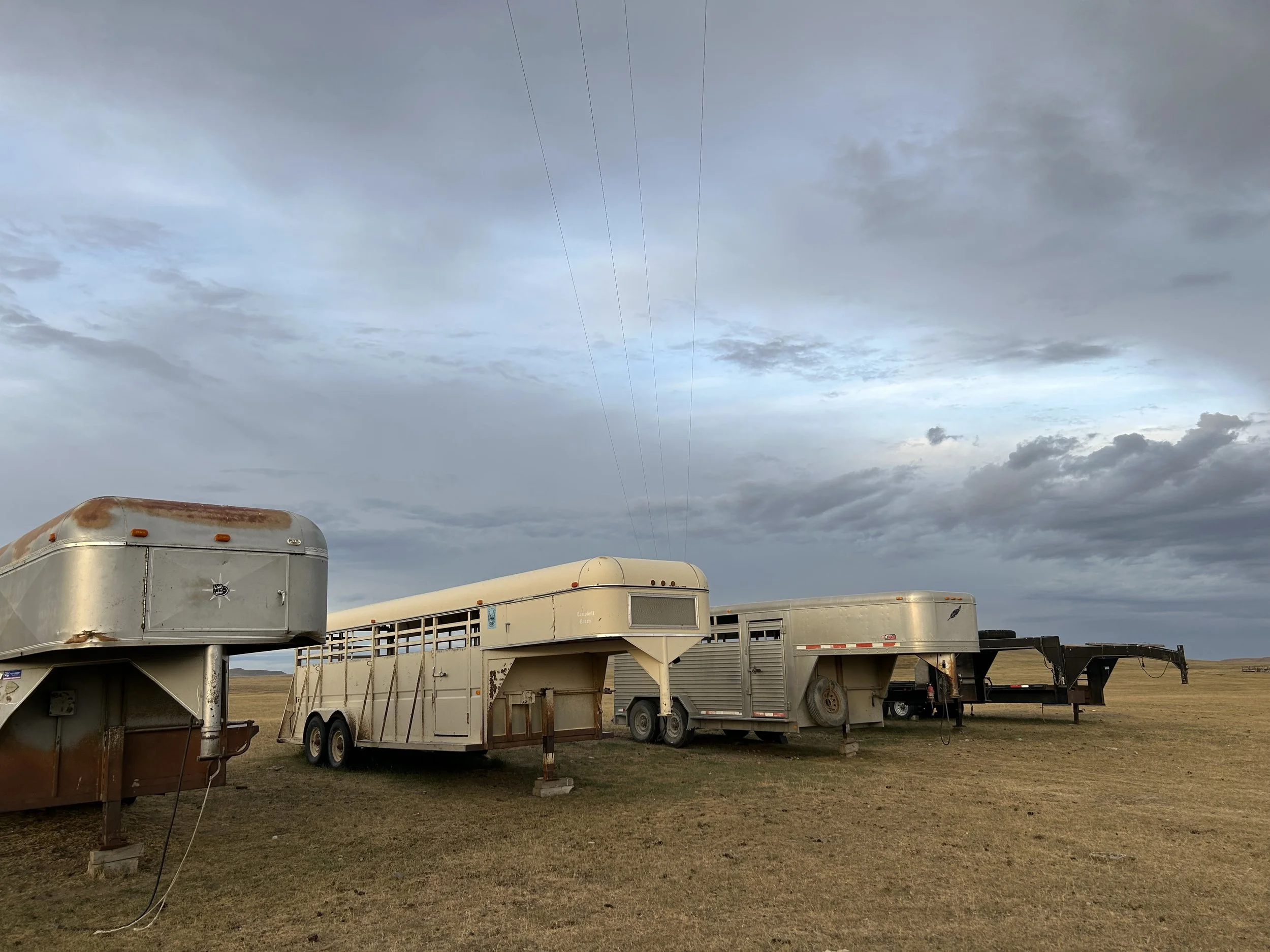Resilience Muscle
I spoke at Oregon’s Resilient Pasture and Forage Symposium last week.
This opportunity came right on the heels of hosting peers at the ranch for a drought mitigation workshop.
All of this came in the midst of watching my reservoir completely dry up, knowing the spring that feeds the reservoir is filled from snowpack in the mountains.
A meek forecast for winter moisture doesn’t offer much hope for a full reservoir.
So I wasn’t sure I was the right person to talk about resiliency and the optimism that term implies.
Typically, ranchers are more comfortable talking about the scientific aspects of keeping forage growing and water running so I talked about covering bare ground with hay because I’m not that good at spreading bales, and piling corral manure on bare hillsides so grass has a place to sink some roots.
But none of us can help grass grow if we can’t get out of bed.
Forage resiliency starts with personal resiliency.
Fortunately for ranchers, resiliency is a muscle that gets stronger every time it is challenged.
At the symposium, I listened to a farmer who only ever wanted to make a living on her land.
She faced a drought, then a fire when she had to evacuate all of her animals, then a heat dome that brought 116-degree temperatures and killed her chickens and pigs despite her best efforts.
By then, her spouse had had enough.
Divorce forced the sale of her beloved farm right before her diagnosis of multiple sclerosis.
She knows those challenges made her strong enough to face this hardest one.
Sometimes, flexing that resiliency muscle feels like rocket science.
In 2016, my friend’s daughter was diagnosed with a rare blood autoimmune disease, probably triggered by chemical use on their farm.
Roxanne knows synthetic chemicals have a place in farming, but she wouldn’t make a living at the expense of her daughter.
She took classes and researched the chemistry, the physiology and effects of soil minerals and microbes on plants.
Now she owns a multimillion-dollar research business that remediates soil using worms and microbes.
Even better, her daughter has her autoimmune disease under control.
Sometimes, flexing that resiliency muscle only takes a look around.
My various trailers had always been parked on a bare ridge, ready to go even when the snow fell.
Just over that ridge, every time snow piled in the driveway, I buried the pickup.
Finally, one day, as I pulled my shovel out yet again, I looked at the windbreak those trailers caused, dug my pickup out of the snow, and hooked up and moved every one of those trailers.
No more snowdrift.
It was one of my finest moments.
Doug Avery, a New Zealand farmer and author of the bestselling The Resilient Farmer, spoke at the end of the symposium.
He described resilience in similar terms.
Doug farms where the wind blows and moisture floats over the top of his land, not down to it.
He has faced dusty pastures and feeling like a failure when he had to sell most of his sheep.
His depression lasted five years, an era that his wife would prefer to forget.
He clawed his way out of his funk by talking to the right people.
Doug decided resilience doesn’t mean you don’t get knocked down.
Resilience means every time you get knocked down, you get back up.
All you have to do is get up one more time than you get knocked down.
Doug and I agree that farmers and ranchers get knocked down more than anyone else we know.
Our resilience muscles flex with every season.
We also agree that most of us wish we didn’t know quite so much about being resilient.
